Exploring the Seronera Valley: A Wildlife Paradise in the Serengeti
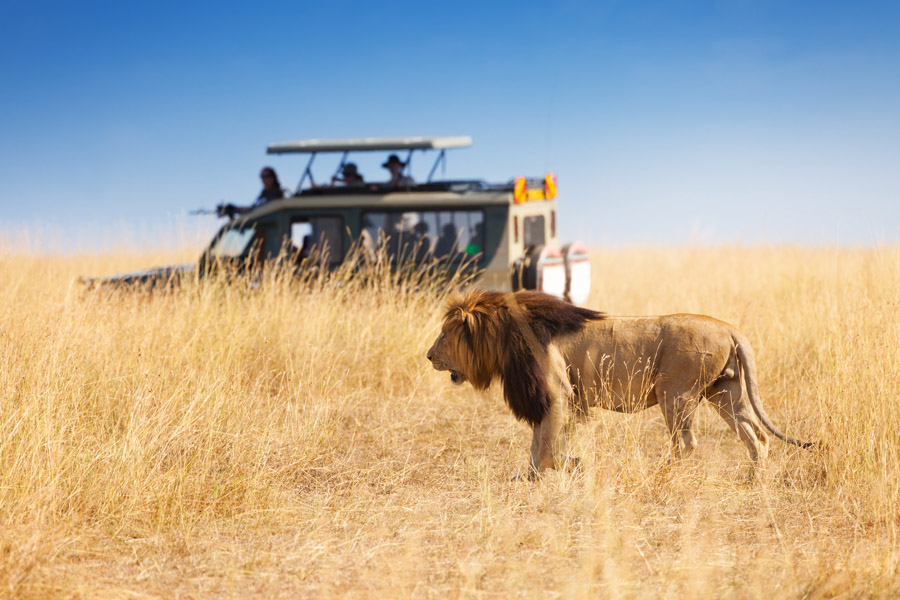
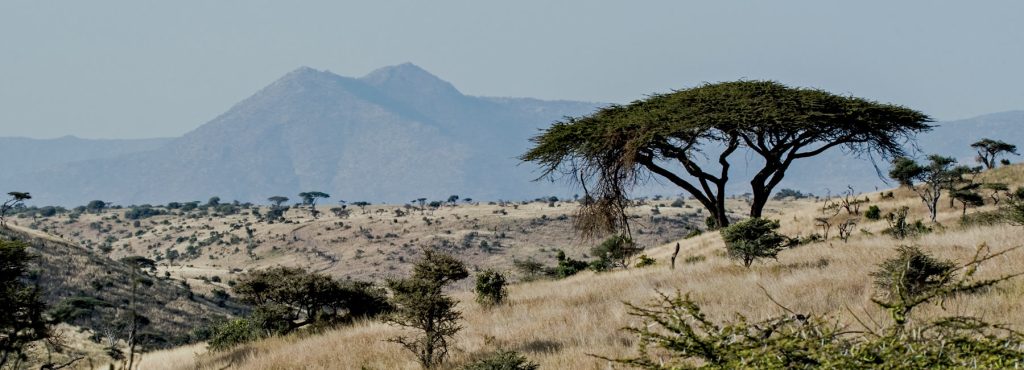
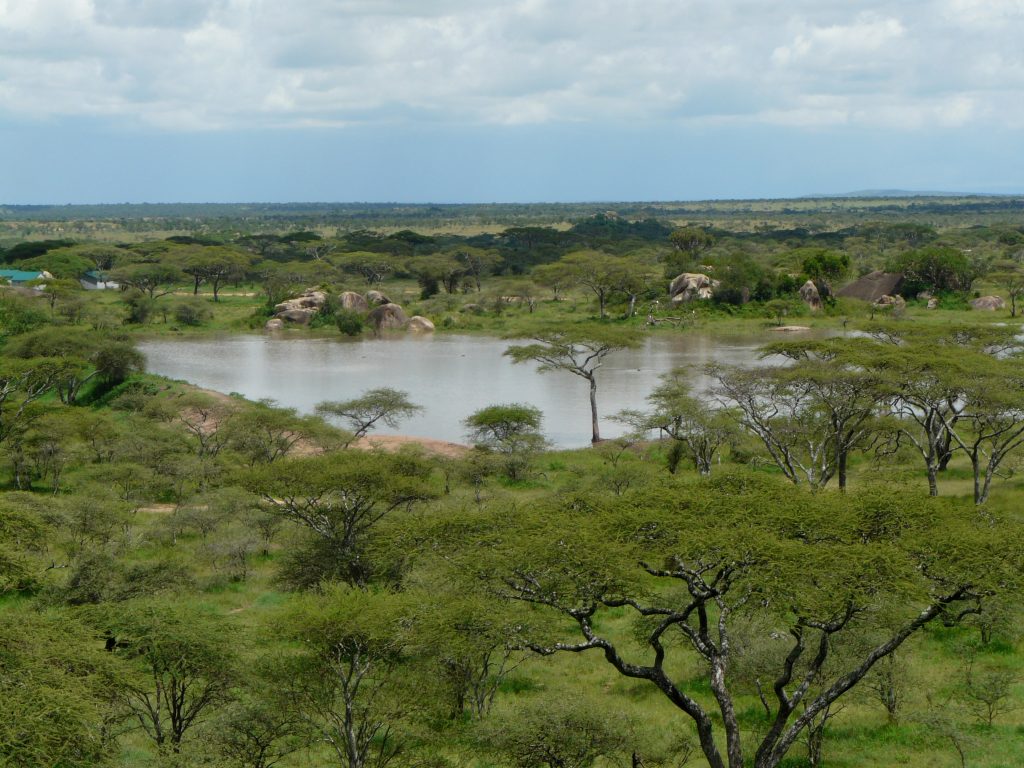
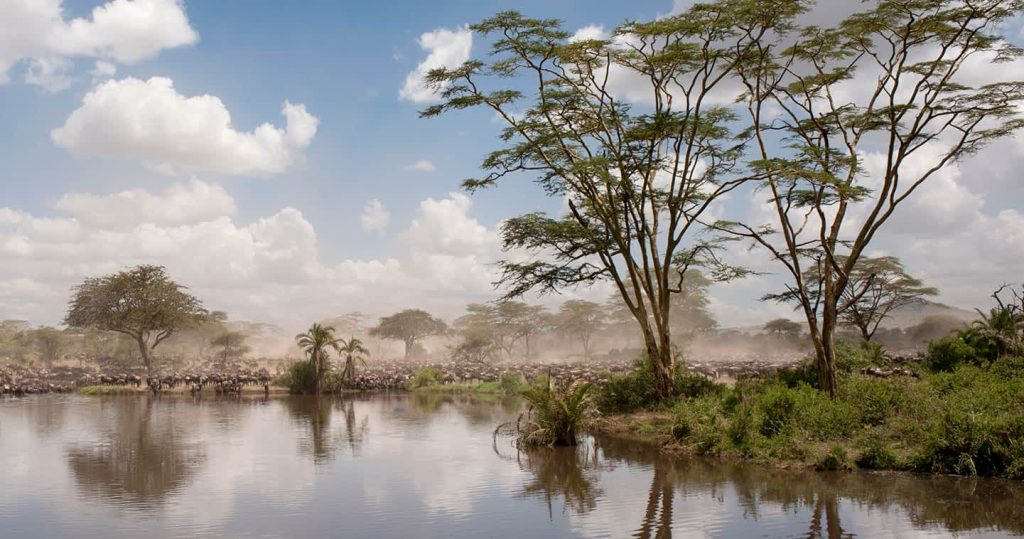
The Seronera Valley, nestled at the heart of the Serengeti National Park, is a vibrant ecosystem that attracts wildlife enthusiasts and adventurers from across the globe. This iconic valley is a hotspot for game drives, offering a rich tapestry of landscapes and unmatched biodiversity.
Where is Seronera Valley?
The Seronera Valley lies in the central Serengeti, strategically positioned within the vast expanse of the Serengeti ecosystem. Its location makes it a gateway to other regions of the park, offering access to various terrains, such as:
- Open Plains: Endless grasslands that stretch to the horizon, home to grazing herbivores.
- Riverine Forests: Dense vegetation along the Seronera River, providing shelter for animals and bird species.
- Rocky Kopjes: Granite outcrops that serve as prime spots for predators like lions and leopards.
The Seronera River is a lifeline for the valley, supplying water even during dry seasons. This ensures that the area remains teeming with wildlife throughout the year, unlike other regions of the Serengeti that may experience seasonal fluctuations.
Wildlife in Seronera Valley
Big Cats and Predators
The Seronera Valley is synonymous with big cats, earning its reputation as the “Big Cat Capital” of the Serengeti. Visitors can expect to see:
- Lions: Often spotted lounging on kopjes or hunting in prides.
- Leopards: These elusive creatures are frequently seen resting in trees near the river.
- Cheetahs: Known for their speed, cheetahs use the open plains of Seronera as hunting grounds.
The Great Migration
While the valley isn’t the central corridor for the Great Migration, it plays a vital role as a stopover for migrating wildebeests and zebras. During the migration season, thousands of animals pass through, creating dramatic predator-prey encounters.
Other Wildlife
Seronera Valley is also home to an array of resident species, including:
- Elephants and Giraffes: Majestic giants that roam the valley.
- Hippos and Crocodiles: Found in abundance along the Seronera River.
- Birdlife: Over 500 species, such as ostriches, eagles, and storks, making it a birdwatcher’s paradise.
What Makes Seronera Valley Unique?
Diverse Habitats
The valley’s blend of open grasslands, riverine forests, and kopjes creates a micro-ecosystem that supports a wide range of flora and fauna.
Year-Round Action
Unlike areas of the Serengeti that depend on migration patterns for wildlife activity, Seronera Valley remains vibrant with resident species, ensuring visitors can enjoy game viewing at any time of the year.
Central Location
Its central position within the park makes it an ideal base for exploring other regions, such as the Western Corridor and Southern Serengeti.
Activities in Seronera Valley
Game Drives
Morning and evening game drives offer the best opportunities to witness wildlife. Early mornings are perfect for spotting predators in action, while evenings provide a chance to see nocturnal animals emerging.
Hot-Air Balloon Safaris
A hot-air balloon ride over Seronera Valley is a once-in-a-lifetime experience. Watching the sunrise over the Serengeti, with herds of animals below, is nothing short of magical.
Guided Walking Safaris
Some areas near the valley allow walking safaris, offering a closer, more intimate encounter with nature. These walks are led by professional guides and rangers to ensure safety.
Best Time to Visit Seronera Valley
Seronera Valley’s year-round water sources make it a perennial wildlife hotspot. However, the best time to visit depends on what you want to experience:
- Dry Season (June to October): Animals gather around the river, making them easier to spot. The dry, open landscapes are also ideal for photography.
- Wet Season (November to May): The valley transforms into a lush green paradise, perfect for birdwatching and observing newborn animals.
Where to Stay in Seronera Valley
Luxury Lodges
- Serengeti Serena Safari Lodge: Offers breathtaking views of the valley and premium amenities.
- Four Seasons Safari Lodge: Known for its infinity pool overlooking a waterhole frequented by wildlife.
Tented Camps
- Kubu Kubu Tented Camp: Provides an authentic safari experience with modern comforts.
- Serengeti Explorer Camp: Ideal for those seeking an intimate connection with nature.
Budget-Friendly Options
Public campsites near the Seronera Ranger Post are a great option for travelers on a budget, offering basic facilities and proximity to wildlife.
Conservation Efforts in Seronera Valley
Seronera Valley is part of the Serengeti National Park, a UNESCO World Heritage Site. Conservation efforts here include:
- Anti-Poaching Initiatives: Regular patrols ensure the safety of the park’s wildlife.
- Sustainable Tourism: Entry fees and eco-tourism programs fund conservation projects.
- Community Involvement: Nearby communities are encouraged to participate in wildlife protection efforts, ensuring long-term sustainability.
Conclusion
The Seronera Valley is a true wildlife paradise, offering a rare blend of natural beauty and abundant wildlife. Whether you’re captivated by the majesty of big cats, enchanted by the valley’s breathtaking landscapes, or drawn to the thrill of the Great Migration, Seronera Valley promises an unforgettable adventure.
Embark on a journey to the heart of the Serengeti and immerse yourself in the magic of the Seronera Valley—a destination that defines the ultimate safari experience.

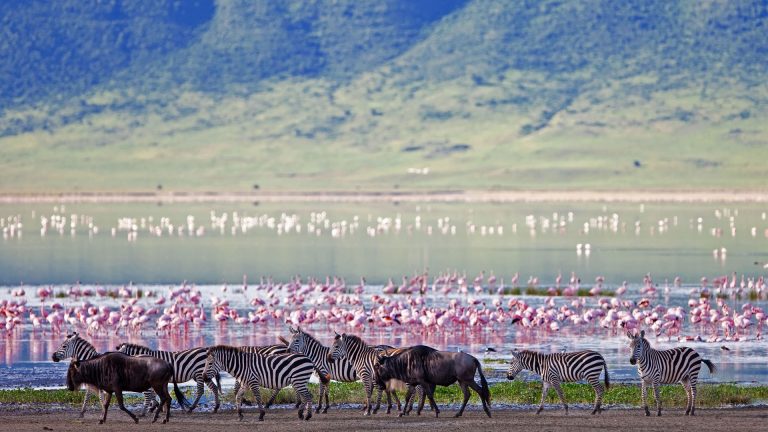
One Comment